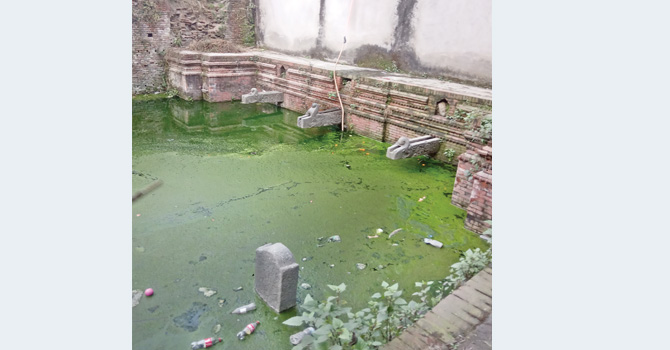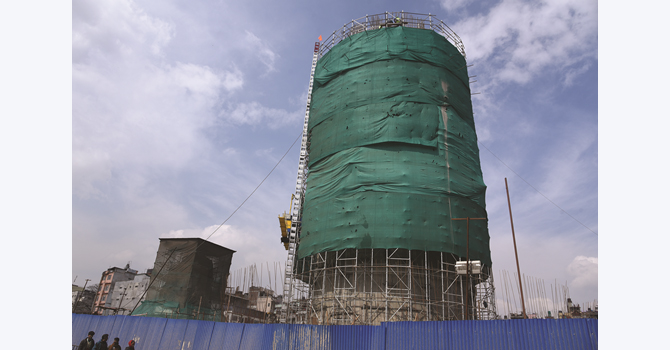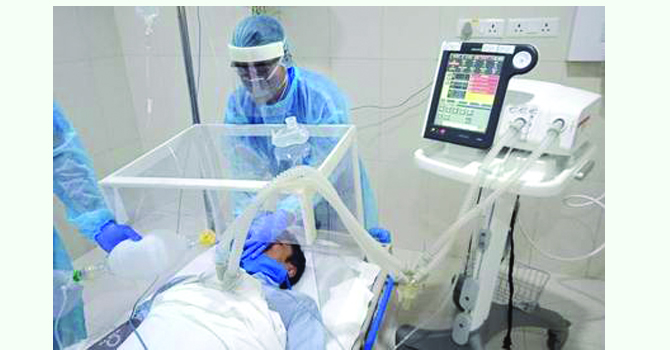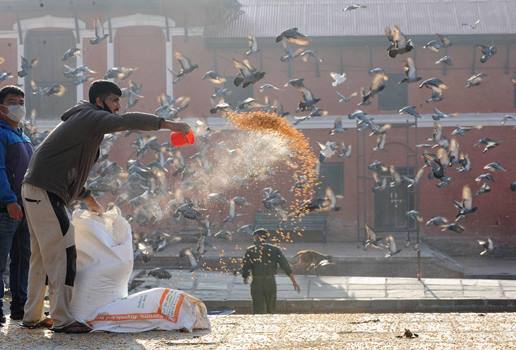Half sanitisers in market ineffective to kill virus
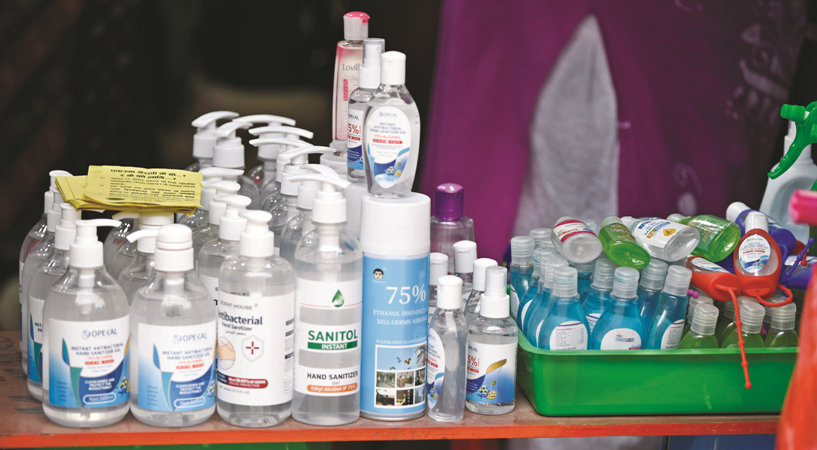
By Binu Shrestha
Kathmandu, Sept. 12: Nearly 45 per cent of 21 hand sanitisers tested in Kathmandu are completely ineffective to kill any virus, revealed a microbiology study conducted by the National Academy of Science and Technology (NAST).
Two microbiologists of NAST, Dr. Tista Prasai Joshi and Samikshya Kadel, carried out a month-long study, which showed that 45 per cent hand sanitisers were ineffective to kill even normal germs.
Only 55 per cent hand sanitisers are effective against the virus, the report said.
“We collected samples of domestic and imported sanitiser. We tested the alcohol percentage and other ingredients present in the hand sanitisers. The high percentage of alcohol in hand sanitisers is harmful for our body,” said Kadel.
“Following the COVID-19 fallout, the demand of hand sanitisers has skyrocketed and almost everyone use sanitisers frequently to avoid the novel coronavirus infection,” said Kandel. “But frequent use of hand sanitisers may cause serious side effects on a longer run,” she said.
She further added, “I fear that it will take years, even decades, to find out the side effects of the excessive use of hand sanitisers. Use of soap and water is comparatively better to clean our hands.”
The retail stores and pharmacies are selling hand sanitisers in massive number after the outbreak of the COVID-19. The concerned agencies should monitor and regulate both domestic and imported products, she added.
Suggesting the consumers to minimise the use of hand sanitiser, she advised washing hands with soap and water to the extent possible.
Due to the absence of high standard laboratory facility at the NAST building, it is not possible to test toxic methanol and other chemicals used in hand sanitisers and their side effects, she noted.
“Consumers prefer perfume-based hand sanitisers even though non-perfume, quick-drying hand sanitising sprays are highly effective against the bacteria and viruses,” said Kadel.
“High content of ethanol is effective in killing germs and viruses. One needs to follow the guideline of the World Health Organisation (WHO) to use chemical contents while producing sanitisers,” said Dr. Tista Prasai Joshi.
The Department of Drugs Administration (DDA) is the concerned agency to regulate and monitor the hand sanitiser products. The DDA had issued a notice for the first time around six months ago to register the sanitiser company within three months.
The DDA again issued the notice to register the company three months after it had issued the first notice.
Ram Chatria Sah, executive director of Public Health and Environment Development (CEPHED), said that the guidelines to make hand sanitisers should be fixed by the DDA, as it is the single concerned agency of the nation responsible to monitor and regulate the products available in the market.
“Nepal has been importing hand sanitisers from India and China among others in big quantities. DDA has to check the standards of these imported hand sanitisers,” he said.
Indicating the absence of high standard laboratory facility to conduct scientific study, he said that the government also has to focus on it.
Naryan Prasad Dhakal, director general of the DDA, said that around 40 hand sanitiser companies had been registered in the DDA until now. He said that two to three companies were visiting the DDA daily to register their company.
“We test a few sanitiser samples daily by collecting them from market and issue a notice to those companies whose hand sanitisers fail to get through our test,” he said.
He claimed that the DDA had been monitoring the market regularly to control harmful products.
Recent News

Do not make expressions casting dout on election: EC
14 Apr, 2022
CM Bhatta says may New Year 2079 BS inspire positive thinking
14 Apr, 2022
Three new cases, 44 recoveries in 24 hours
14 Apr, 2022
689 climbers of 84 teams so far acquire permits for climbing various peaks this spring season
14 Apr, 2022
How the rising cost of living crisis is impacting Nepal
14 Apr, 2022
US military confirms an interstellar meteor collided with Earth
14 Apr, 2022
Valneva Covid vaccine approved for use in UK
14 Apr, 2022
Chair Prachanda highlights need of unity among Maoist, Communist forces
14 Apr, 2022
Ranbir Kapoor and Alia Bhatt: Bollywood toasts star couple on wedding
14 Apr, 2022
President Bhandari confers decorations (Photo Feature)
14 Apr, 2022


